June 16, 2022
An immersive experience: The creation of a yellow diamond engagement ring
Each bespoke engagement ring we create can take between 4-8 weeks to create. Crafting exceptional pieces takes time and here’s a little insight into why…
Defining a concept
To start with, it is important to have a concept in mind. This is the foundation from which each macro and micro detail will be built out from.
Often the greatest skill in the creation of a bespoke piece is the ability to listen. Sometimes a brief can be clear and succinct whilst others can be vague and passing thoughts. Listening and understanding every detail of a brief, the requirements and vision, provide a clear foundation upon which to build.
An iterative process of education and visual triangulation allows us to slowly hone in on a series of concepts.
It would be all to easy to assume that following a series of moodboarding exercises, some technical education and presentation of design ideas we would be ready to create.
Not in our eyes.
An ethos centered on “stone led design”
Let’s take it to the extreme. Imagine we spent hours meticulously drawing up a design only to discover that no such stone existed in the precise shape, size, colour and dimensions that we have designed. Not ideal…
Instead, we’d rather be guided by the magical gemstones that nature gives us to work with and build designs around them, allowing us to showcase them to their full potential.
So whilst we have a concept in mind, it is important to find (all part of the fun) an exceptional diamond around which a precise design can be created and fine tuned.
Selecting exceptional diamonds
Once we have a concept in mind the first step is to select the diamonds which involves a visit to our boutique for a detailed walk through and a curated selection of exceptional gems.

Particularly when it comes to coloured stones, each specimen will be incredibly different. It is therefore important to work through a number of comparable options to allow them to be compared and contrasted. Often it is only possible to see subtle differences in colour and cut when individual gemstones are lined up alongside one and other.
If you want to learn more about diamonds and gemstones then we are going to get on brilliantly...
There is no substitute for seeing these magnificent feats of nature in the flesh. Of the diamonds viewed, the below were ultimately selected for the creation by the client.
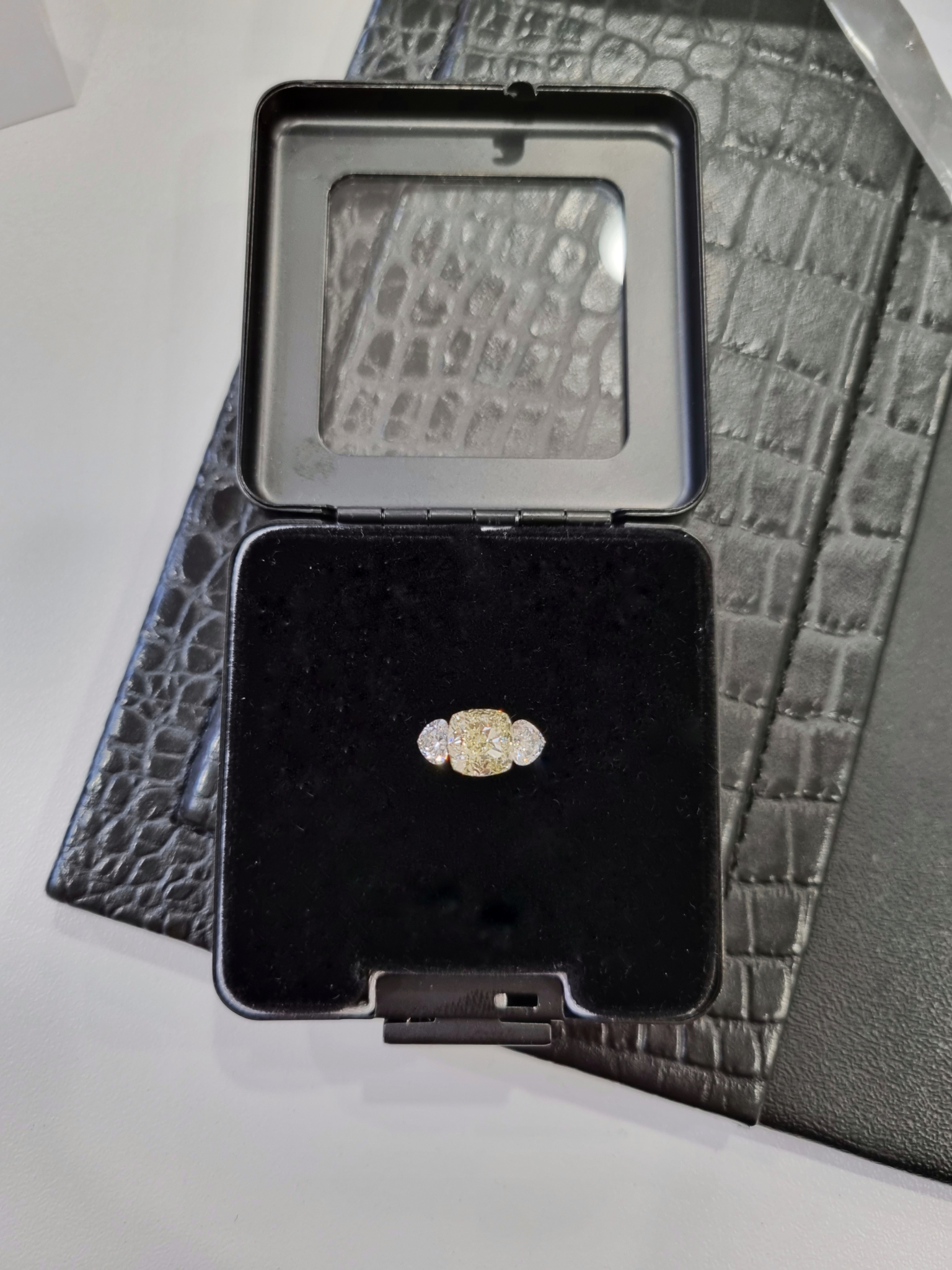
Technical precision
A laser scan is taken of each diamond and gemstone allowing a 3D render to be modelled. Through a series of technical layers a computer aided design is crafted to provide a visual reference of the ultimate design.
There is no shortage of engineering and calculations involved to produce a CAD which allows for c.5% shrinkage from wax modelling to casting and a further 3% from casting through to polishing. This allows us to precisely determine how much metal to use, reducing waste of precious resources.
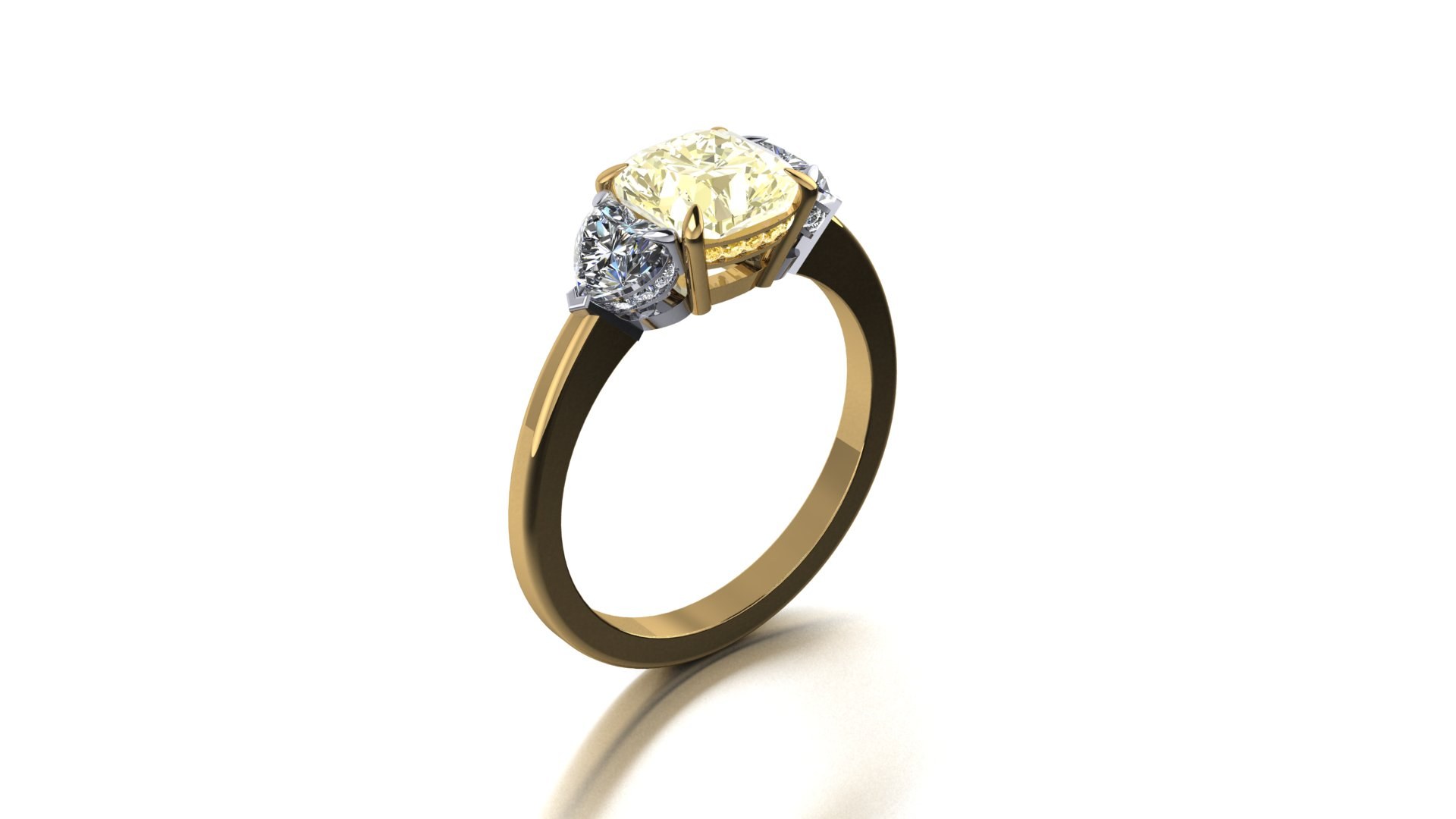

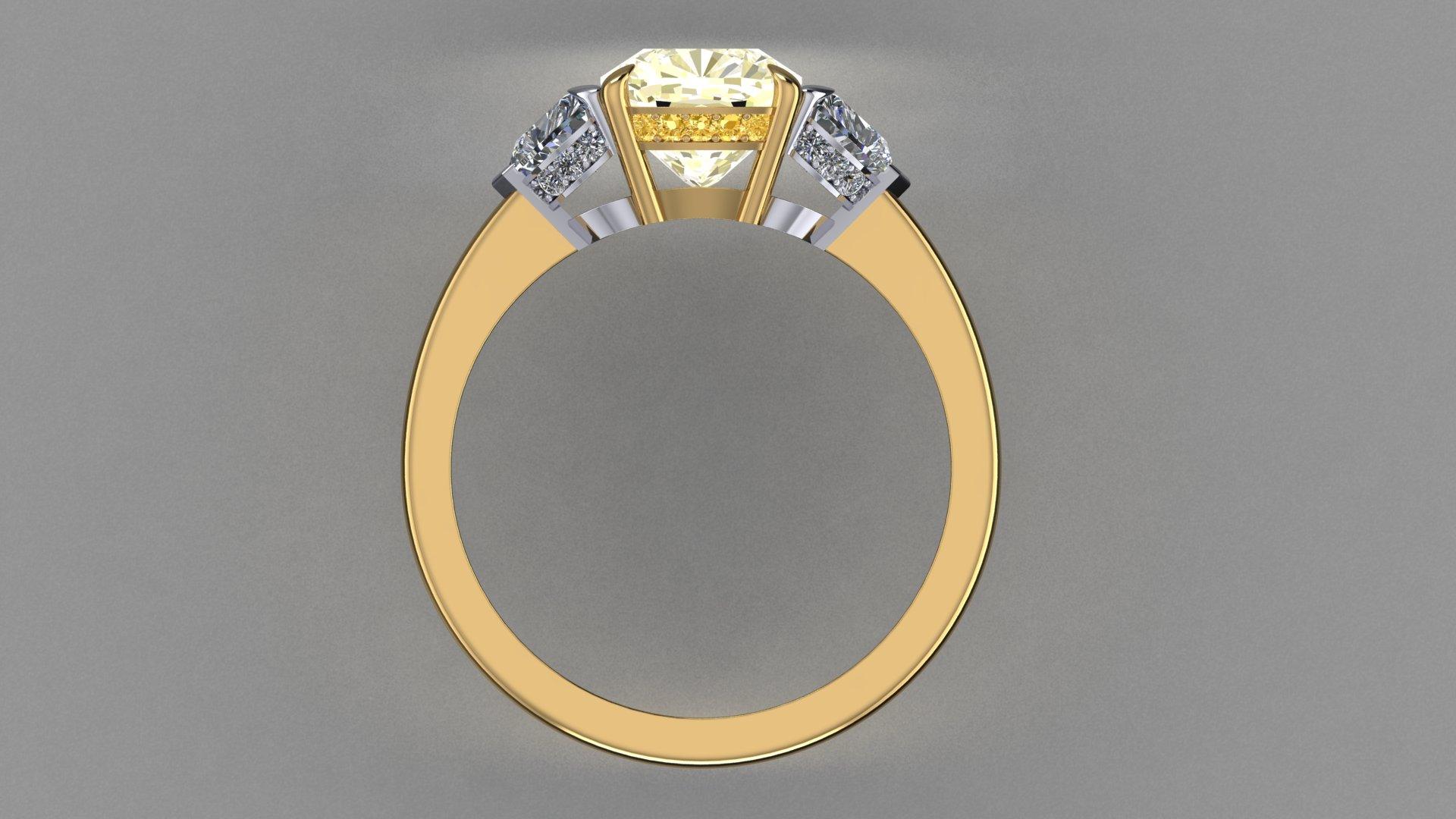
Fusing modern precision with traditional craft
Assembling each component one piece at a time allows for the ultimate quality control and attention to detail.
Following the CAD design we then produce a wax model. Whilst many might adopt this approach it is what follows that drives such perfection through each piece.
The wax model is carved up by hand in to each component of the ring i.e. shank, basket, gallery, claws etc. A mould is then built around each wax component, molten metal is then poured in to the mould burning away and displacing the metal to form a cast.
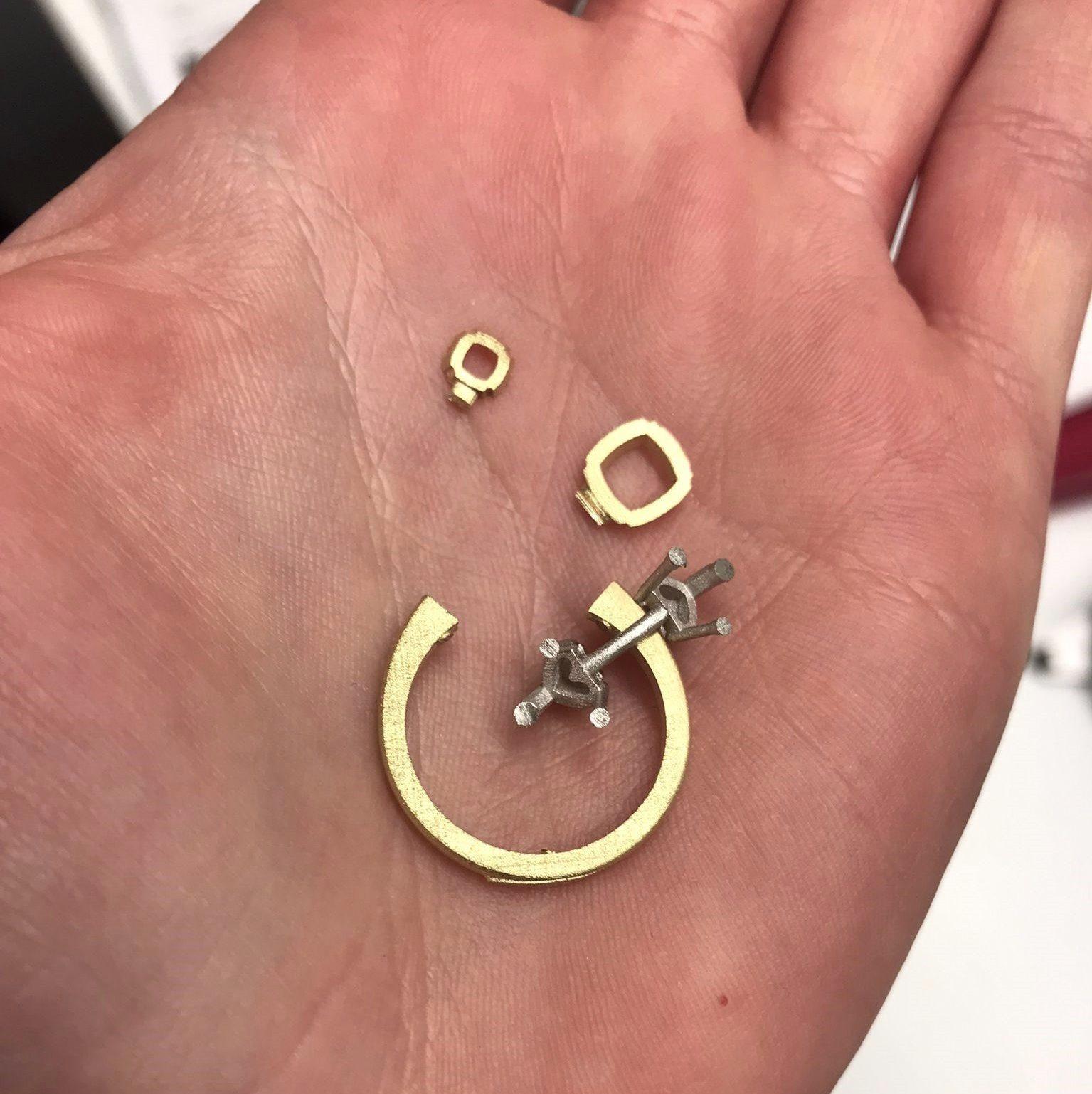
Casting the components as small pieces allows far greater control over castings failing due to air bubbles forming inside the cast. In addition, it allows each piece to be hand prepped and polished before assembly. This step is critical in ensuring the interior of the setting is free of any residue and even the internal edges are refined and elegant.
A spectacular piece of jewellery should look perfect from every angle and only through this approach can such a refined and elegant finish be achieved.

Tiny heart shaped detailing below the gallery of the setting
Setting as an art form
Our passion is for precious gemstones and showing them off as the best version of themselves.
The setting of a diamond or gemstone is critical in ensuring the optimal amount of light reflects and refracts through the stone. Without a good setting, even an exceptional diamond can look flat and lifeless.
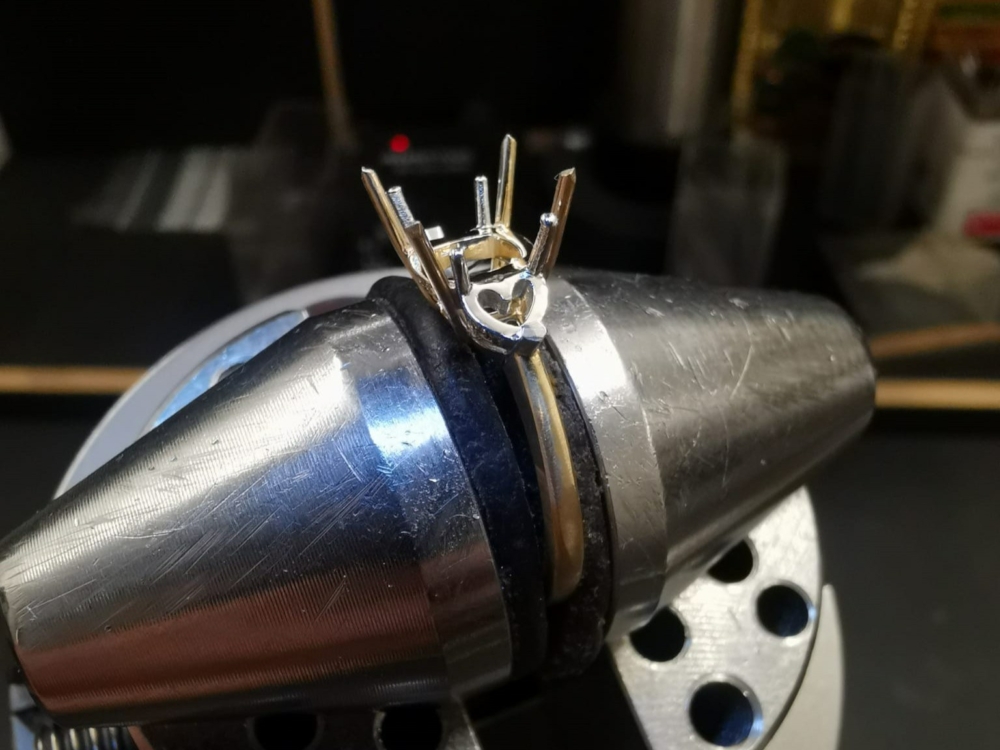
For example, if the gallery (the seat the stone sits in) is too thick it will block light entering the stone. If the stone sits up to high or too low then light will enter at the incorrect angle or won't enter at all.
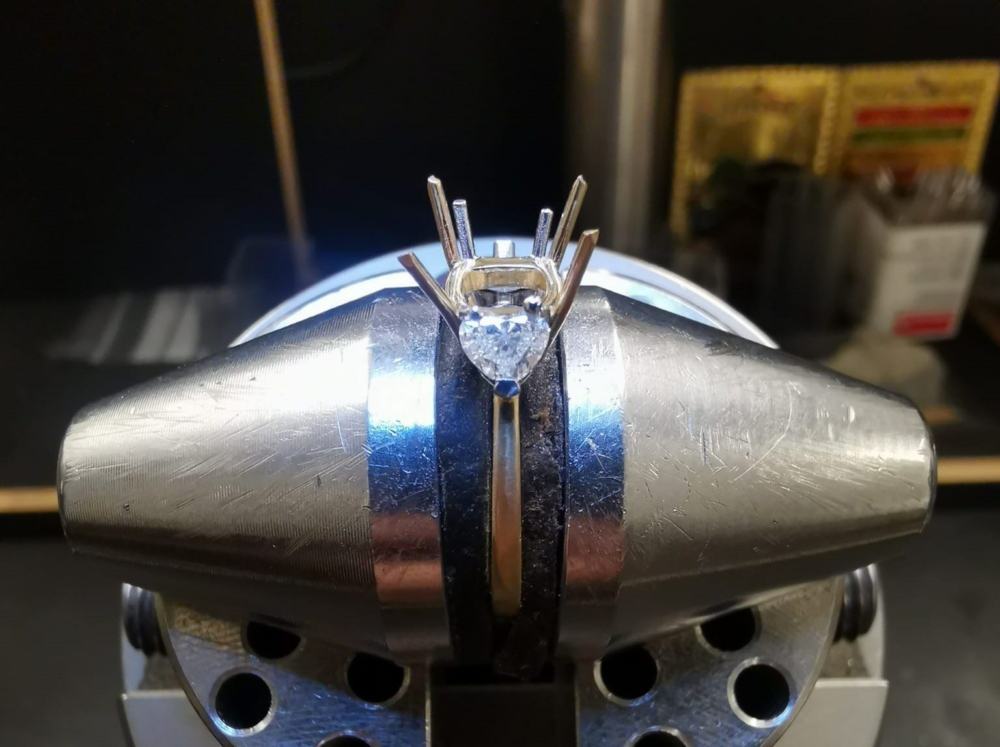
A high quality setting is the final piece in the jigsaw and is only possible to achieve if every step prior to this has been done perfectly.
A simple 1.0% error in stage one (i.e. the computer designs or assembly) will only be compounded through each stage resulting in a flawed setting.
Such is the importance of fusing modern precision with traditional craft.
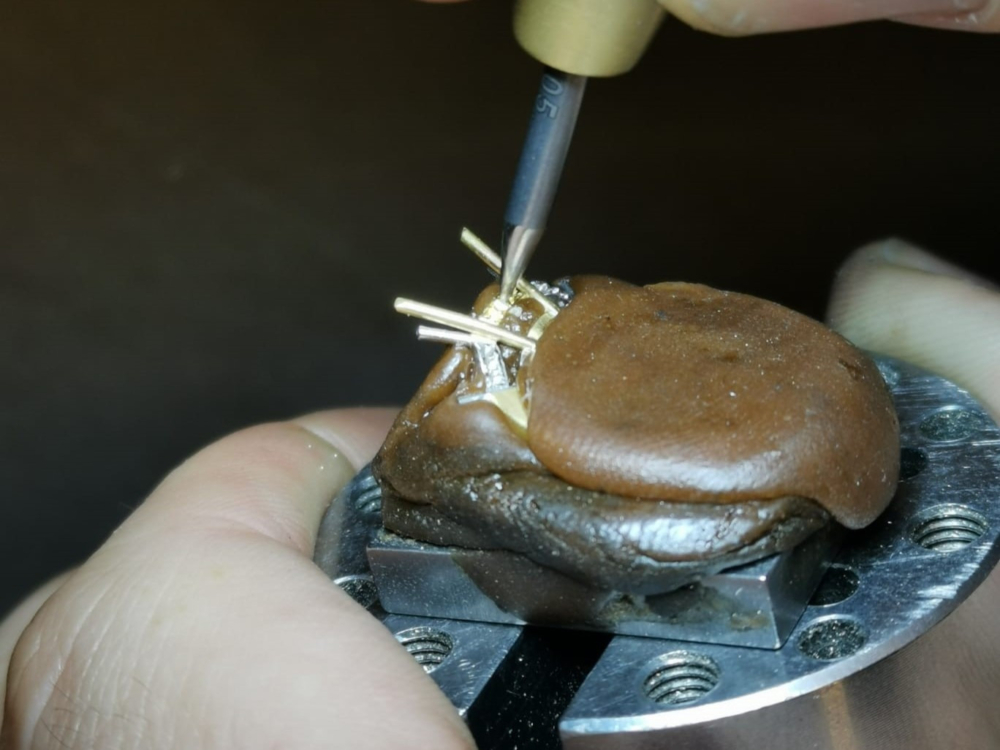
Melee diamonds of 0.60mm diameter are set in to the gallery of the ring through the lens of a microscope.
Eight grades of polish
Lastly, aside from hallmarking and stringent QC checks, is the polish. Working through 8 grades of polishing compound is a laborious process but a critical one in ensuring a flawless finish.
Every creation is different and will require different polish types and speed of application.
Ensuring every angle is polished to a high gloss is critical in ensuring the optimal flow of light. Even a fine cotton string is passed like dental floss through the ring interior to ensure the base of the setting obtains a mirror finish.
A magical creation
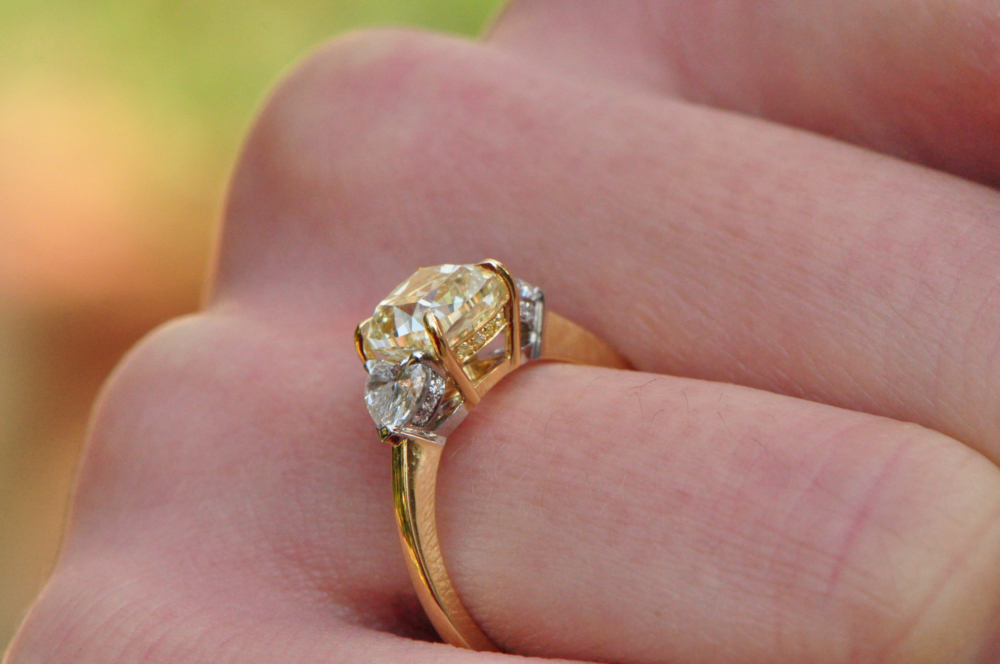
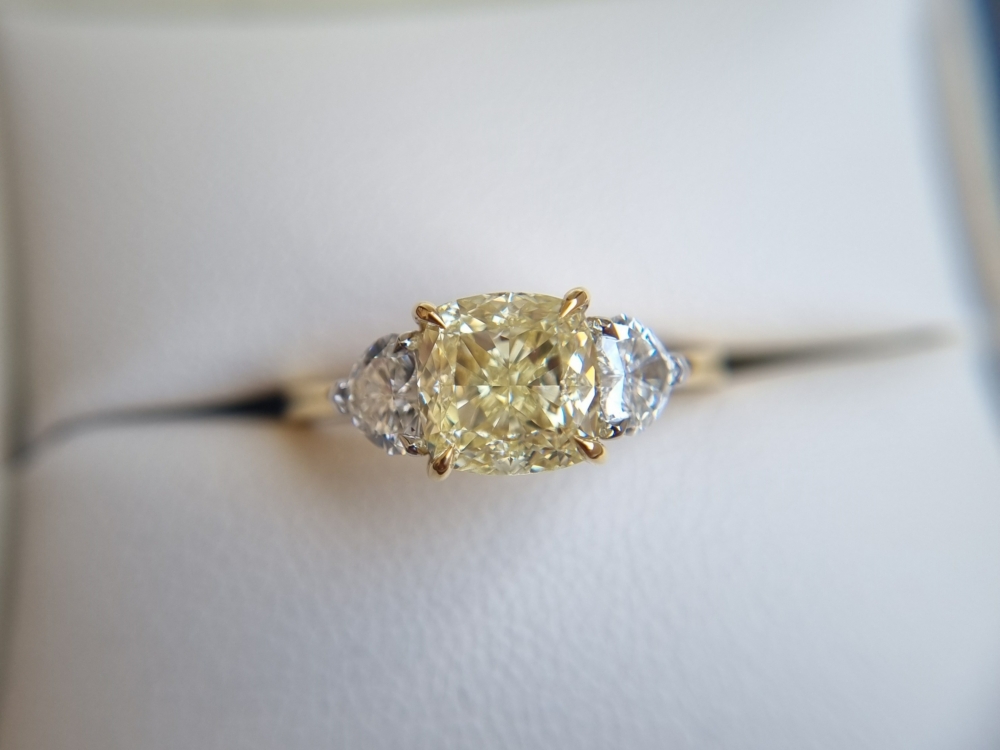
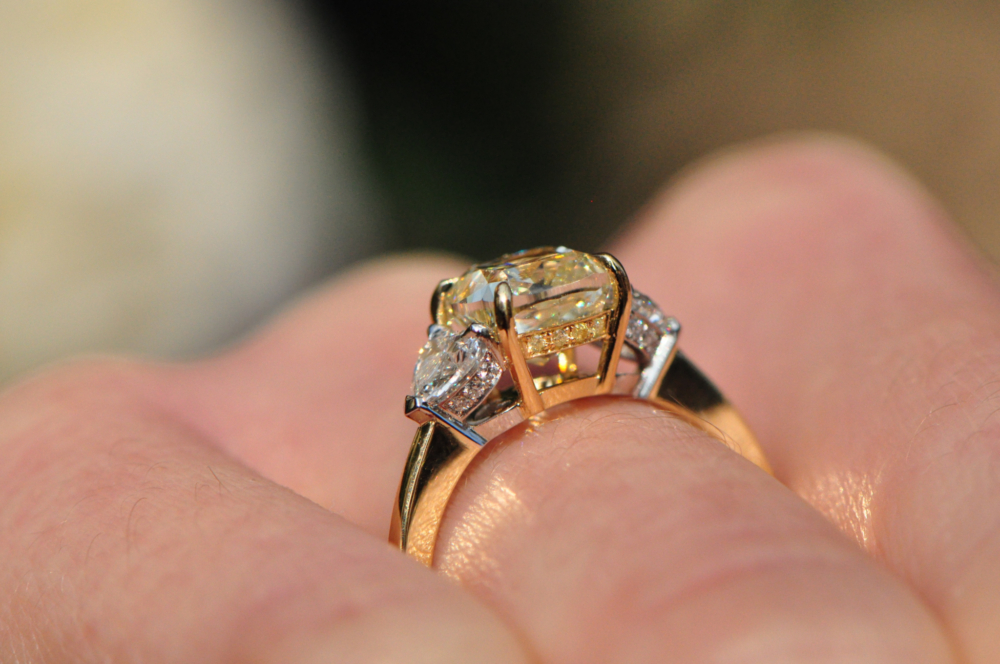
Whilst nothing will ever compare to the immersive journey of creating a bespoke piece the above provides a small glimpse in to the magic experienced as part of the journey (and some light technical detail because we can't get enough of it!).
If reading this has your creative juices flowing, our bespoke engagement ring portfolio contains more ideas...
Return to Journal